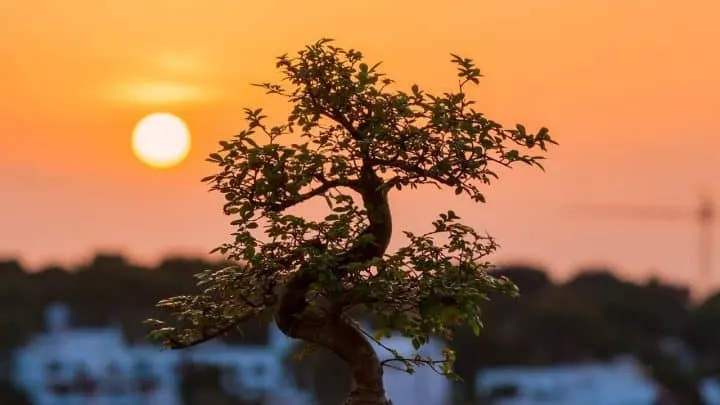When it comes to our pets, and even our relatives, we have a ballpark for a predetermined life span. Sure, things happen that can change that reality, but we have a general idea.
Is the same true for houseplants? When we buy a plant, we assume it will live forever with the proper care but that is not the truth. Houseplants can live a long time; we know that much but what causes one plant to live and another to die?
Table of Contents
How long do houseplants live?
There is some consensus that the average is between 2-5 years but there is no real way to determine for sure how long a plant will live except for plants that are annuals. They live one growing season. Most houseplant retailers expect that plants will live 4-8 weeks due to improper care and knowledge about the plant by the buyer. Some houseplants, however live for decades or even centuries. Houseplants don’t get old or die because they are mature. They die because of external factors.
Supplier Instruction labels
Plants are all sold with a label and basic care instructions. Following these instructions should ensure that a plant will live a long and healthy life, right? Sadly, no.
The care label put on by the supplier is the basic care needed to keep a non-flowering plant alive for 8 weeks and a flowering one a mere 4 weeks.
An example of this is the label we often find on a rubber plant. It says that they are low light tolerant plants. They are not, in fact they need a few hours of indirect light a day.
A rubber plant can however live in a dark area for at least 8 weeks and that is enough to make it low light tolerant on a label.
Another example is if a plant label says that the plant can live in a drier climate, it likely can.
But only for 8 weeks or more.
A short lifespan for a plant you had hoped would live for years!
Where do you find correct care instructions for a plant?
There are many ways to do so but the best way I believe is to ask a living person at the store that you purchase the plant in. Most gardening stores and plant retailers have someone that is somewhat of an expert on caring for plants.
These are the people that you want to ask. They are not the ones who put the labels on the plants for sale, but they are a fountain of knowledge when it comes to ensuring a longer life for your houseplants.
Another way to find out how to care for your plant is the internet. Sure, it is filled with contradictory sites, but I like to Google “plant name + care + university”.
I also read blogs (like this one!) to see what the most common information is. This usually gives me a good reference point to start from.
Limitations of the life span of a houseplant
The biggest limitation is that a plant can grow indefinitely unlike a human being. This means that a plant can grow too tall to be able to sustain itself.
In short, it won’t be able to get the water and the nutrients from its soil up to the top of its foliage if it grows too high. This is solved with proper pruning.
The reason plants can grow indefinitely, and humans can’t is they have a tissue called “meristems”. Meristematic plant cells are located in the tips and the roots of a plant.
They are perpetually embryonic. This means that they can change into another cell or divide into several cells many times in the growing process.
This is the reason you can stick a cutting in water, and it will grow into a full and mature plant. This also means that they can in fact, continue to evolve and grow forever.
Environmental Factors to the lifespan of your plant
Most often, a plant dies due to external factors such as underwatering, a change in environment, poor nutrition, pests or too much or not enough light.
Although there are some ways to ensure that a plant is cared for in the most optimal way possible, sometimes things are beyond the control of the owner.
Houseplants do not like change and when you have to move a plant, it can cause it stress and cause it to die.
Improper soil or lack of nutrients can play a part in it as well. Soil can be missing the proper nutrients if it is old or a cheap soil. It is possible to over or under feed a plant.
If it is underfed usually that can be corrected. A plant that is overfed though can be much harder to correct. Even with a full soil flush, the plant may not make it, thus cutting its life span down.
Conclusion
There are many factors to consider when trying to determine the life span of a houseplant. They can live for a very long time. In fact, some plants live decades or centuries.
There is an Eastern Cape Cycad in Kew Gardens Conservatory in London that has lived for centuries. There are also documented Bonsai trees in Japan that have been alive for 1000 years.
In the end, the length of time that your plant lives will be determined in large by the care it is given. Plants are not immortal though, they will die. It is just a matter of when.

Daniel has been a plant enthusiast for over 20 years. He owns hundreds of houseplants and prepares for the chili growing seasons yearly with great anticipation. His favorite plants are plant species in the Araceae family, such as Monstera, Philodendron, and Anthurium. He also loves gardening and is growing hot peppers, tomatoes, and many more vegetables.


